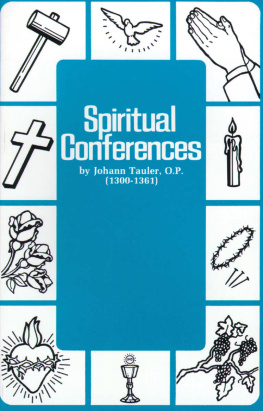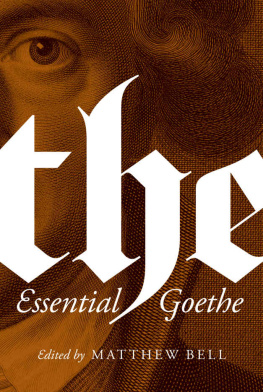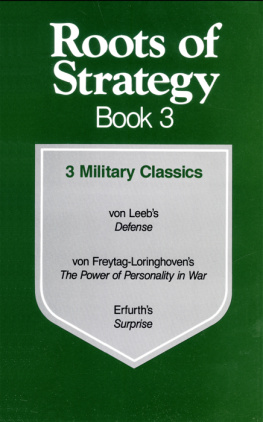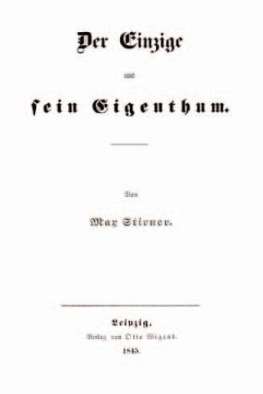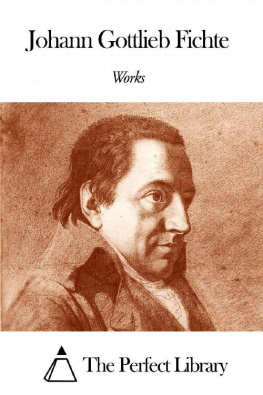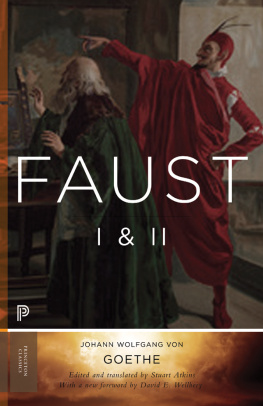Johann Hellsten - Chessable: Johann Hellsten - Mastering Endgame Strategy
Here you can read online Johann Hellsten - Chessable: Johann Hellsten - Mastering Endgame Strategy full text of the book (entire story) in english for free. Download pdf and epub, get meaning, cover and reviews about this ebook. genre: Children. Description of the work, (preface) as well as reviews are available. Best literature library LitArk.com created for fans of good reading and offers a wide selection of genres:
Romance novel
Science fiction
Adventure
Detective
Science
History
Home and family
Prose
Art
Politics
Computer
Non-fiction
Religion
Business
Children
Humor
Choose a favorite category and find really read worthwhile books. Enjoy immersion in the world of imagination, feel the emotions of the characters or learn something new for yourself, make an fascinating discovery.

- Book:Chessable: Johann Hellsten - Mastering Endgame Strategy
- Author:
- Genre:
- Rating:3 / 5
- Favourites:Add to favourites
- Your mark:
- 60
- 1
- 2
- 3
- 4
- 5
Chessable: Johann Hellsten - Mastering Endgame Strategy: summary, description and annotation
We offer to read an annotation, description, summary or preface (depends on what the author of the book "Chessable: Johann Hellsten - Mastering Endgame Strategy" wrote himself). If you haven't found the necessary information about the book — write in the comments, we will try to find it.
Chessable: Johann Hellsten - Mastering Endgame Strategy — read online for free the complete book (whole text) full work
Below is the text of the book, divided by pages. System saving the place of the last page read, allows you to conveniently read the book "Chessable: Johann Hellsten - Mastering Endgame Strategy" online for free, without having to search again every time where you left off. Put a bookmark, and you can go to the page where you finished reading at any time.
Font size:
Interval:
Bookmark:
% BOOKTITLE = Mastering the Endgame [Event ?] [Site ?] [Date ????.??.??] [Round ?] [White About this publication] [Black ?] [Result *] [PlyCount 1] {Study brings wisdom. Practice brings perfection. Following his highly acclaimed Mastering Chess Strategy and Mastering Opening Strategy, this book completes a trilogy of strategy books by Grandmaster and renowned chess teacher Johan Hellsten. In his new work Hellsten focuses exclusively on endgame play and covers every type of endgame: pawn, minor piece, rook and queen endgames. He examines not only the many fundamental positions that everyone needs to know, but also the key themes and characteristics of successful endgame play, including activity, creating and exploiting weaknesses, active and passive defence, fortresses and technique. Just like his previous two books, Mastering Endgame Strategy is a product of Hellstens many years work as a full-time chess teacher and is specifically designed as part of a structured training programme to improve strategic thinking.
In addition to the many examples theres an abundance of carefully selected exercises which allow readers to monitor their progress and put into practice what they have just learned. Following such a course is an ideal way for players of all standards to improve. Although designed mainly for students, this book is also an excellent resource for chess teachers and trainers.} 1. {Johan Hellsten is a Grandmaster and a former Swedish Champion. He has represented Sweden in numerous Chess Olympiads and team tournaments, and he won individual gold and bronze medals at the European Team Championships. } * [Event ?] [Site ?] [Date ????.??.??] [Round ?] [White Introduction] [Black ?] [Result *] [PlyCount 1] {Sometimes in my classes, I have felt the need of a book that covered major and minor strategic ideas in the last phase of the game. } * [Event ?] [Site ?] [Date ????.??.??] [Round ?] [White Introduction] [Black ?] [Result *] [PlyCount 1] {Sometimes in my classes, I have felt the need of a book that covered major and minor strategic ideas in the last phase of the game.
Finally, it turned out that I would write such a book myself, and I am now pleased to share it with the reader. This book is intended to complement the traditional endgame manuals. From my experience, success in the endgame is determined mainly by three factors: 1) calculation skills; 2) knowledge of basic positions and their respective continuations; 3) knowledge of major and minor strategic ideas. Evidently, this book is aimed at helping you with the last aspect, although on occasion it could also raise your level in the second area. As for the first aspect, working through the exercises will definitely improve your abilities in that field. The first five chapters of the book are dedicated to strategic ideas or themes with a close relation to a specific piece.
In contrast, the last three chapters discuss themes of a more general nature. Note that many examples touch upon more than one theme, which explains why I often make references to earlier examples throughout the book.} 1. {I have used many sources in the process of writing this book, from which three could be emphasized: 1) Smyslovs endgame collection Iskusstvo Endshpilya. The seventh world champion left a wealth of instructive endgames, and here they are annotated by himself. 2) Shereshevskys classic Endgame Strategy. 3) Baburins Endgame Kaleidoscope column featured in Chess Today. 3) Baburins Endgame Kaleidoscope column featured in Chess Today.
In my opinion, this is an outstanding place for anyone interested in practical endgames. Just like in my previous works, Mastering Chess Strategy and Mastering Opening Strategy, I have also relied a lot on the Chess Informants and the ChessBase Megabase. On occasion I have consulted Nalimovs tablebases.} (1. {The style and format of this book is similar to my previous ones I have generally preferred verbal comments to explain what is going on at the board, the variation trees have been reduced to a minimum, and the total number of examples is rather big. At the end of the book you will find a number of related exercises, which will help you to put in practice the new (or reinforced) knowledge. While primarily aimed at chess players, this book should also prove useful to trainers wishing to diversify their endgame classes.
Thanks to my students in Riobamba for all their valuable input.}) (1. {Johan Hellsten, Riobamba, July 2013.}) * [Event ?] [Site ?] [Date ????.??.??] [Round ?] [White 1. King Themes] [Black ?] [Result *] [PlyCount 1] 1. {King first! Opposition Obstruction The kings route King raids Shelter} * [Event ?] [Site ?] [Date ????.??.??] [Round ?] [White example 1] [Black ?] [Result *] [Annotator Johan Hellsten] [SetUp 1] [FEN 5k2/8/8/8/8/8/5PK1/8 w - - 0 1] [PlyCount 6] [Source Everyman Chess] [SourceDate 2013.07.01] {King first! With King first! I refer to the idea of improving the king as a first priority in our position, in an almost mechanical way. In contrast, the Active king theme featured in the final chapter of the book, deals with the subject in more general terms. Lets start with a very simple example.
As we were taught when beginners, in such positions before pushing the pawn we should improve our king. } 1. Kf3 $1 (1. Kg3 {is also good, as well as 2 Kg4 (or 2 Ke4) on the next move.}) ({Only a very inexperienced player would consider} 1. f4 $2 {or 1 f3?, after which a draw is inevitable.}) 1 Kf7 2. f3 $1 {A clever waiting move.} ({White wins after} 3 Ke6 4. f3 $1 {A clever waiting move.} ({White wins after} 3 Ke6 4.
Kg5) ({or} 3 Kg6 4. Ke5 {, further improving the king.}) * [Event ?] [Site ?] [Date ????.??.??] [Round ?] [White example 2] [Black ?] [Result *] [Annotator Johan Hellsten] [SetUp 1] [FEN 6k1/8/8/8/8/3P4/8/4K3 w - - 0 1] [PlyCount 7] [Source Everyman Chess] [SourceDate 2013.07.01] {Here is a slightly more complex example. In order to win White must bring his king to c5, d5 or e5, which are the so called key squares for the d3-pawn if the king gets there, the pawn is assured promotion. } 1. Kd2 $1 {Only one sequence does the trick.} ({In contrast after} 1. Ke2 $2 Kf7 2.
Ke3 Ke7 $1 3. Ke4 Ke6 4. Kd4 Kd6 5. Kc4 Kc6 {, Black makes a draw, by preventing the white kings access to any of the key squares. The idea of placing the king in front of its counterpart is commonly referred to as the opposition, and we will get back to it soon.}) 1 Kf7 2. Kc4 Kd6 4. Kd4 {. Kd4 {.
The white king reaches a key square on the next move;} ({for example,} 4. Kd4 Kc6 5. Ke5 Kd7 6. Kd5 $1 Ke7 7. Kc6 Ke6 8. d4 {with an elementary win.}) * [Event Toronto] [Site ?] [Date 1990.??.??] [Round ?] [White Lesiege, A.] [Black Kozul, Z.] [Result 1-0] [Annotator Johan Hellsten] [SetUp 1] [FEN 8/8/8/b7/5P2/6P1/1k5P/6K1 w - - 0 1] [PlyCount 17] [EventDate 1990.??.??] [Source Everyman Chess] [SourceDate 2013.07.01] {Now lets see the King first! idea in positions with more material.
The bishop usually makes a draw against three connected pawns, but here Black is suffering due to the remote placement of his king. } 1. Kf2 $1 {King first!} ({In contrast, after the impulsive} 1. h4 $6 Kc3 $1 {(Black applies the same idea)} 2. h5 $2 Kd4 3. h6 Ke4 {followed by Bc3, Black draws.}) 1 Kc3 2.
Ke3 $1 {Obstructing the enemy king.} (2. Kf3 $6 Kd4 {was less to the point.}) 2 Kc4 3. Ke4 Kc5 4. Ke5 $1 {Again preventing the black kings return to the kingside.} ({In contrast, after} 4. g4 $6 Kd6 5. Ke6 Kc7 6. f5 {Only now, after having placed his king in an ideal position, White starts advancing his pawns.} Kd8 7. f5 {Only now, after having placed his king in an ideal position, White starts advancing his pawns.} Kd8 7.
Kf7 $1 {Of course the black king should be denied the e file.} Bc7 8. g4 { Thanks to the splendidly placed king on f7, this pawn proves unstoppable.} Bf4 ({Or} 8 Bxh2 9. g5 {etc.}) 9. h4 {. In view of the inevitable g4-g5 g6 g7, Black resigned.} 1-0 [Event Beijing] [Site ?] [Date 2000.??.??] [Round ?] [White Xu Jun] [Black Onischuk, A.] [Result *] [Annotator Johan Hellsten] [SetUp 1] [FEN 8/8/8/8/5P2/4PK2/8/4b2k b - - 0 1] [PlyCount 15] [EventDate 2000.??.??] [Source Everyman Chess] [SourceDate 2013.07.01] {Here is a more complex case, by coincidence of the same type of ending. Again the side with the bishop has a problem with his badly placed king.
Next pageFont size:
Interval:
Bookmark:
Similar books «Chessable: Johann Hellsten - Mastering Endgame Strategy»
Look at similar books to Chessable: Johann Hellsten - Mastering Endgame Strategy. We have selected literature similar in name and meaning in the hope of providing readers with more options to find new, interesting, not yet read works.
Discussion, reviews of the book Chessable: Johann Hellsten - Mastering Endgame Strategy and just readers' own opinions. Leave your comments, write what you think about the work, its meaning or the main characters. Specify what exactly you liked and what you didn't like, and why you think so.


